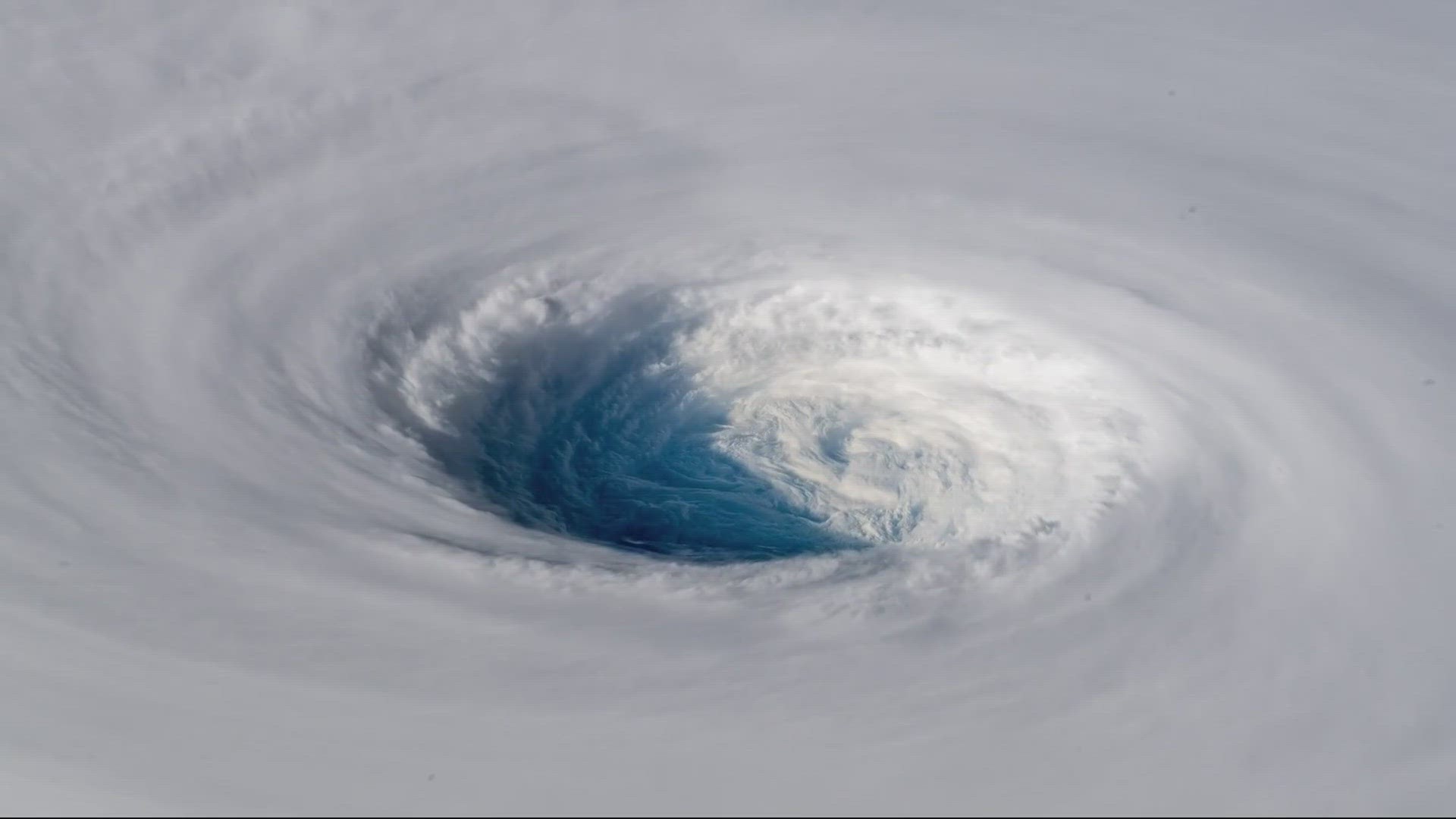JACKSONVILLE, Fla. — The first day of hurricane season is now fewer than 50 days away, and local officials are urging neighbors on the First Coast to start preparing now, before a storm forms in the tropics.
First Coast News caught up with the city's Emergency Preparedness Division (EDP) on what residents can do while there is still time ahead of hurricane season.
Andre Ayoub, the director of Jacksonville's EPD, said residents shouldn't drag their feet prepping for hurricanes and tropical storms.
"Prepare now," Ayoub said. "Please prepare now. Don't wait until the storm is in the gulf of Atlantic to start preparing."
In 2023, compared to other parts of Florida, the First Coast didn't see a huge impact when Hurricane Idalia showed up.
Still, the next storm is a gamble Ayoub said is not worth taking.
Ayoub suggested building an emergency kit, coming up with an evacuation plan and know your evacuation zone.
"If we have to evacuate, which ride are we going to take? Where are we going to meet at? How are we going to communicate? Let's say [the] cell phone towers go down," Ayoub asked. "So have that conversation now."
Do you and your family have enough food, water and supplies to last for several days in case a hurricane or tropical system knocks out power to your neighborhood? We're On Your Side making sure you know what to prepare in your hurricane kit.
The American Red Cross lists two types of hurricane kits: A Go-Kit and a Stay-at-Home Kit.
A Go-Kit is used if you have to evacuate your home, either ahead of a storm or because of damage making your home uninhabitable.
A Stay-at-Home Kit will ensure you have everything you need in case of power outages, flooded streets or businesses like stores, banks and pharmacies closing.
What to include in a Go-Kit:
- Three days' worth of supplies that you can carry with you
- One gallon of water per person, per day for three days
- Non-perishable, easy-to-prepare food items (three-day supply)
- Manual can opener
- Disposable plates and utensils
- Paper towels
- Toilet paper
- Pet food and supplies
- Flashlight and batteries
- Battery-powered or hand-crank radio
- First aid kit
- Medications (seven-day supply in a child-proof container) and other medical supplies (hearing aids with extra batteries, glasses, contact lenses, syringes, etc.)
- Multi-purpose tool
- Extra clothing, hat and sturdy shoes
- Blanket or sleeping bag
- Sanitation and personal hygiene items
- Baby supplies (bottles, formula, baby food, diapers)
- Copies of personal documents in a waterproof container (medication list and pertinent medical information, proof of address, deed/lease to home, passports, birth certificates, insurance policies)
- Family and emergency contact information
- Cash
- Backup batteries and charges for your devices (cellphone, CPAP, wheelchair, etc.)
- Emergency blanket
- Maps of the area
- Extra set of house keys and car keys
- Games and activities for kids
What to include in a Stay-at-Home Kit:
- Two weeks' worth of supplies
- One gallon of water per person, per day for two weeks
- Non-perishable, easy-to-prepare food items (two-week supply)
- Manual can opener
- Baby supplies (bottles, formula, baby food, diapers)
- Disposable plates and utensils
- Paper towels
- Toilet paper
- Pet food and supplies
- Flashlight and batteries
- Battery-powered or hand-crank radio
- First aid kit
- Medications (one-month supply in a child-proof container) and other medical supplies (hearing aids with extra batteries, glasses, contact lenses, syringes, etc.)
- Copies of personal documents in a waterproof container (medication list and pertinent medical information, proof of address, deed/lease to home, passports, birth certificates, insurance policies)
- Cash
The City of Jacksonville's Emergency Preparedness Division also wants to make sure neighbors are prepared in case of an evacuation. A map of evacuation zones can be found on the city’s website. The city also has a map of evacuation routes, which will guide you to safe areas, public shelters, or out of the county.
Hurricane season starts June 1.

